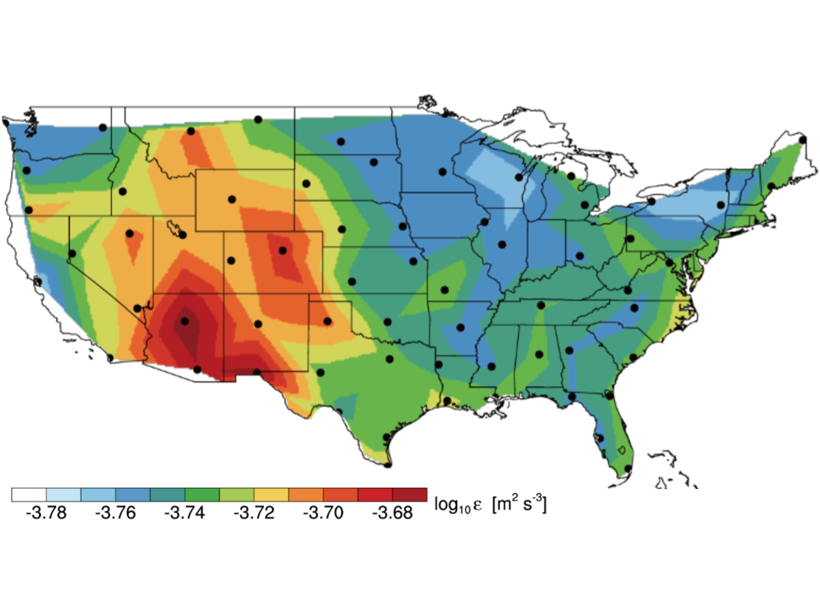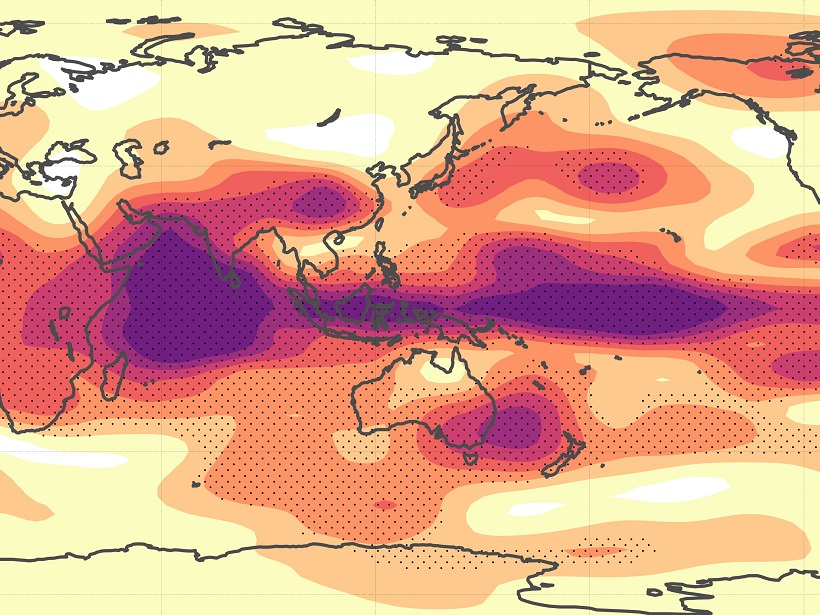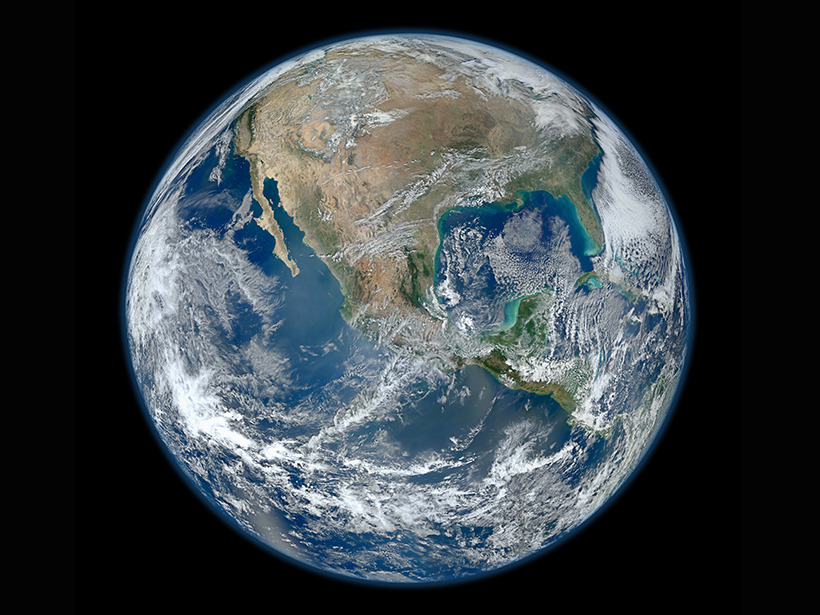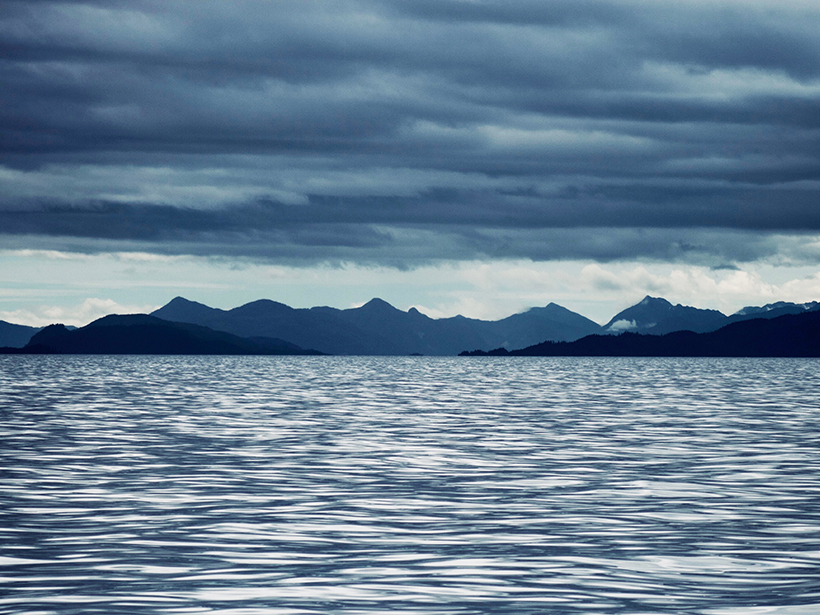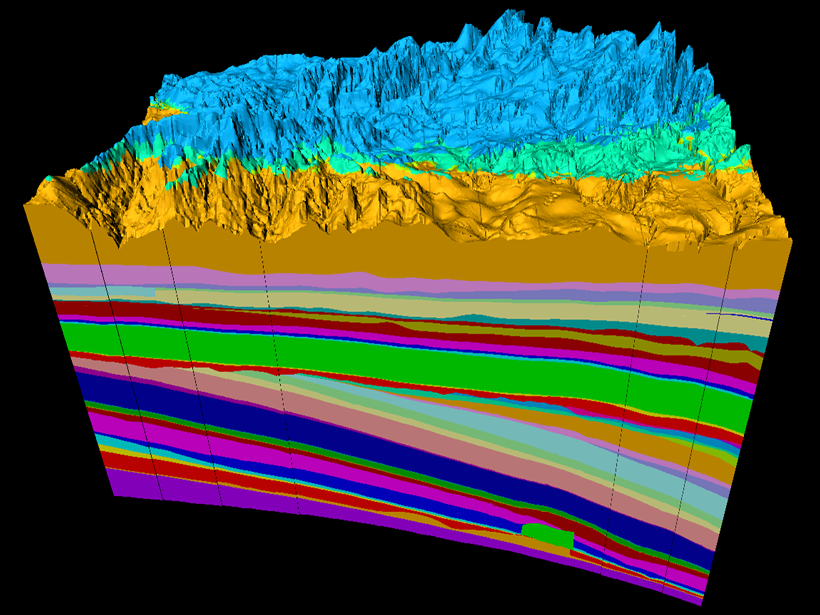Analyses of high-resolution radiosonde balloon measurements have provided a novel climatology of atmospheric turbulence parameters in the troposphere and lower stratosphere.
North America
Linking Regional Weather and Climate to Remote Events
A new index for quantifying regional sensitivities to the influence of periodic events.
When Water Met Rock
Geologists discover rocks bearing the earliest known evidence of water interacting with rock on Earth’s surface.
Secrets from the New Madrid Seismic Zone’s Quaking Past
High-resolution lidar topography reveals a long history of ancient earthquakes.
European Contact with the Americas May Have Triggered Global Cooling
The loss of precontact agricultural communities to genocide and disease may have led to massive reforestation, a dip in carbon dioxide, and one of the coldest snaps of the Little Ice Age.
Better Approaches to Managing Drought in the American Southwest
USGS Southwest Region 2018 Science Exchange Workshop: Drought Science; Fort Collins, Colorado, 25–27 September 2018
Tracing the Path of Carbon in North America
A team of more than 200 scientists released a decade-long look at how carbon weaves through Earth’s air, soil, water, and plants. Here are nine key takeaways from their report.
Tool to Capture Marine Biological Activity Gets Coastal Upgrade
Upwelling hinders an efficient method to estimate a key measure of biological productivity in coastal waters, but accounting for surface temperatures could boost accuracy.
Dolphins in Florida Show Exposure to Phthalate Contaminants
Scientists have detected exposure to phthalates among a majority of bottlenose dolphins sampled in Sarasota Bay, Florida (2016–2017), including some with levels comparable to those observed in humans.
Geology in 3-D and the Evolving Future of Earth Science
Geologic Mapping Forum; Minneapolis, Minnesota, 26–29 March 2018

